How to Protect Your Natural Hair Under a Braided Wig

Wearing a braided wig shields your natural hair from environmental factors, helping to preserve its health and vitality. It also allows you to experiment with different hairstyles without directly affecting your natural hair.
However, maintaining healthy hair when wearing a wig is essential and should not be overlooked!
Here we will be looking at some important tips to ensure that your natural hair is protected under a braided wig.
11 Tips to Ensure Your Natural Hair is Protected Under a Braided Wig
Protecting your natural hair under a braided wig involves a combination of preparation, maintenance, and good hair care practices.
With these eleven tips that we will be sharing with you, you can enjoy the flexibility to express your style with braided wigs while ensuring your natural hair thrives and stays healthy.
1. Prepare your natural hair: Cleaning is essential for healthy hair. Start with clean, well-moisturized hair. Wash and deep condition your natural hair before wearing the wig.
2. Opt for a protective style: Braid or twist your natural hair into a protective style such as cornrows or flat twists that are not overly tight to prevent too much tension. This makes your wigs appear more natural and fit better.
3. Use a wig cap: Wearing wig caps is an excellent way to protect your natural hair. Although it is optional, the cap is a great way to keep your hair in place underneath the wig and shield it from your hair. Wear a satin or silk wig cap over your braided or twisted natural hair. This helps reduce friction, and prevent breakage, in addition to keeping your hair in place.
4. Avoid wet hair: In addition to being very uncomfortable, having wet natural hair beneath a wig can encourage the growth of unfavorable bacteria. The combination of moisture, body heat, and the additional warmth from the wig layer can promote the growth of bacteria.
5. Massage your scalp: Wearing a wig tightly on your head can restrict blood flow to your scalp. Massaging your scalp might help to overcome this disadvantage by promoting healthy blood flow and encouraging hair growth. Try this every time you take your wig off.
6. Don’t wear your braided wig to bed: For a glueless non-adhesive installation, it is advised to remove your wig nightly. This is not only beneficial to your scalp and natural hair, but it also extends the lifespan and retains the quality of your wig. Take your wig off so that your hair and scalp can get some fresh air to breathe.
7. Loosen your hair frequently: Cleanse your hair and scalp using your regular hair routine after loosening your cornrow. After that, seal, moisturize, and braid in fresh cornrows.
we've got a few more tips if you're wearing a braids wig that isn't easily removed such as a wig secured with an adhesive or glue installation, which means you might be wearing your wig for an extended period.
Your hair should not be left under the wig for more than 5 weeks and it requires extra care to ensure the health and well-being of your natural hair.
8. Avoid tight installations: Ensure that the wig is not too tight. Tight wigs can cause tension and lead to breakage. Opt for a snug fit without causing discomfort.
9. Apply oil to your hairline: When you wear a wig, the part of your hair where your edges grow out is covered. These baby hairs, which are typically delicate, may thin, dry out, or even break off due to the constant friction of the wig. Applying shea butter or hair oil to your hairline before installing your wig can help prevent this and protect your edges.
10. Wear a silk or satin bonnet to bed: Wear a satin or silk scarf or use a satin/silk pillowcase when sleeping to minimize friction between the wig and your natural hair.
11. Take a break: If you have worn a wig with natural hair underneath for a long time, you might want to consider taking a break from wearing a wig. This helps to keep your hair healthy by providing it with a good amount of air. During this break, moisturize your natural hair, cleanse your scalp, and allow your hair to breathe.
Organic hair products are the best for your hair during this break period, as they are known to be free from harsh chemicals and are less likely to cause irritation, dryness, or breakage to your hair.
Protecting your hair while wearing a braided wig is important for several reasons which we will be looking at next. Stay glued!
Why Your Hair Needs to be Protected Under a Braided Wig
- Protecting your natural hair under a wig can help you feel more confident in addition to keeping your hair healthy.
- Wearing a wig without proper protection can lead to friction between your natural hair and the wig, causing breakage and damage.
- Protecting your hair allows it to grow without interference. By avoiding excessive manipulation and tension, you create a conducive environment for healthy hair growth.
- The protective barrier created by the wig can help your natural hair retain moisture. This is especially beneficial for individuals with dry or brittle hair, as it reduces the chances of dehydration and promotes overall hair health.
- Braided wigs are a convenient option for those who want a protective style without spending a lot of time on daily hair care routines. By protecting your natural hair underneath, you can simplify your styling routine.
- Wearing a wig that is too tight or putting stress on your hair through improper installation can lead to tension and stress on the hair shaft. This tension can contribute to breakage and weaken the hair.
- Protecting your hair while wearing a braided wig is essential for maintaining its health, promoting growth, and preventing various forms of damage.
What’s your key takeaway from these tips on how to protect your natural hair under a braid wig?
It might seem like a lot at first but once you create a hair care routine and stick to it, it just becomes a part of your daily life which is the key to ensuring healthy natural hair under your braided wigs.




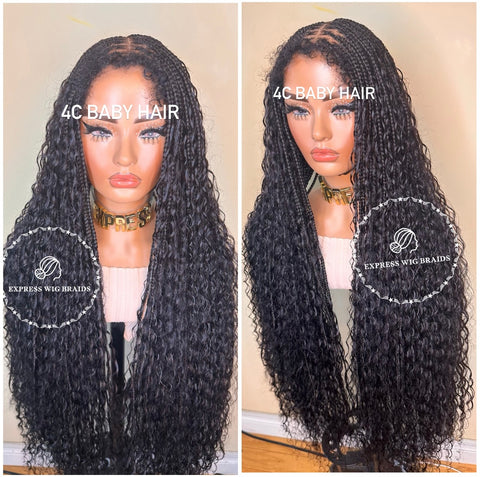
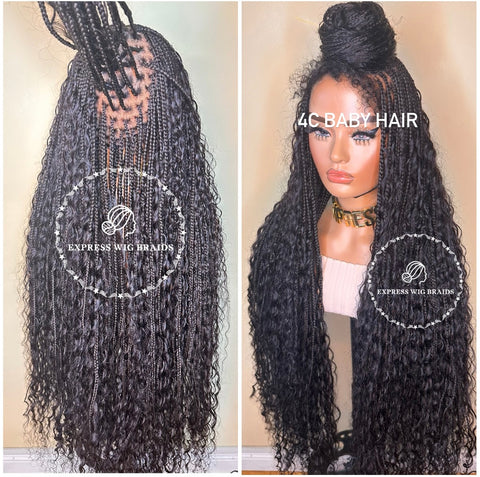
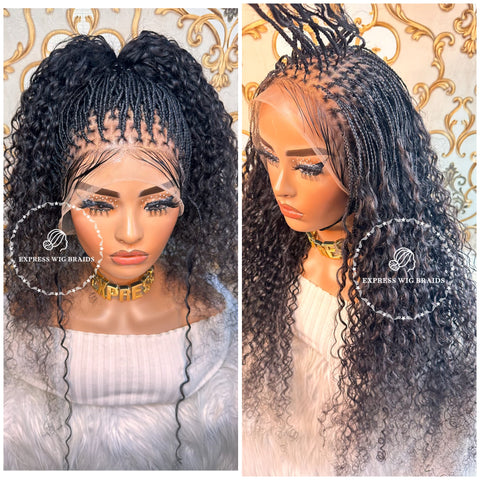
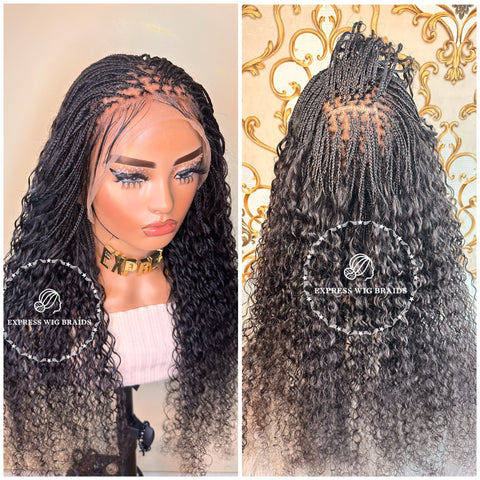
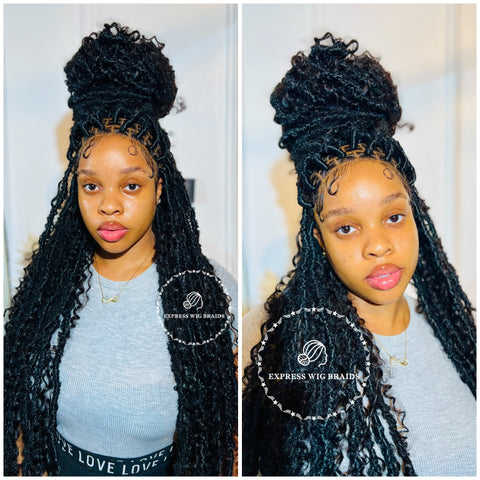

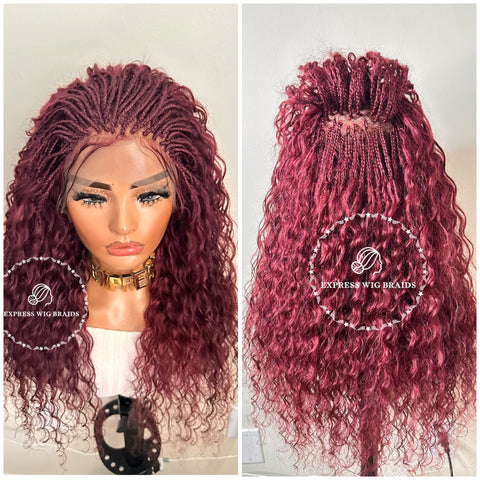
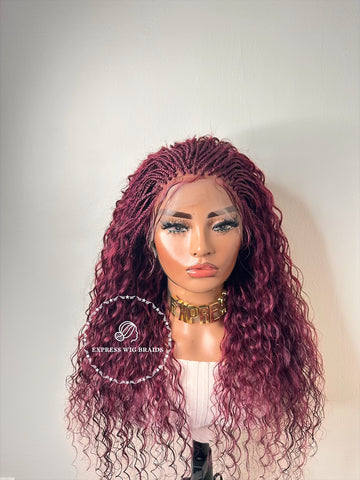

Hi. Can I oil my scalp right underneath my wig?